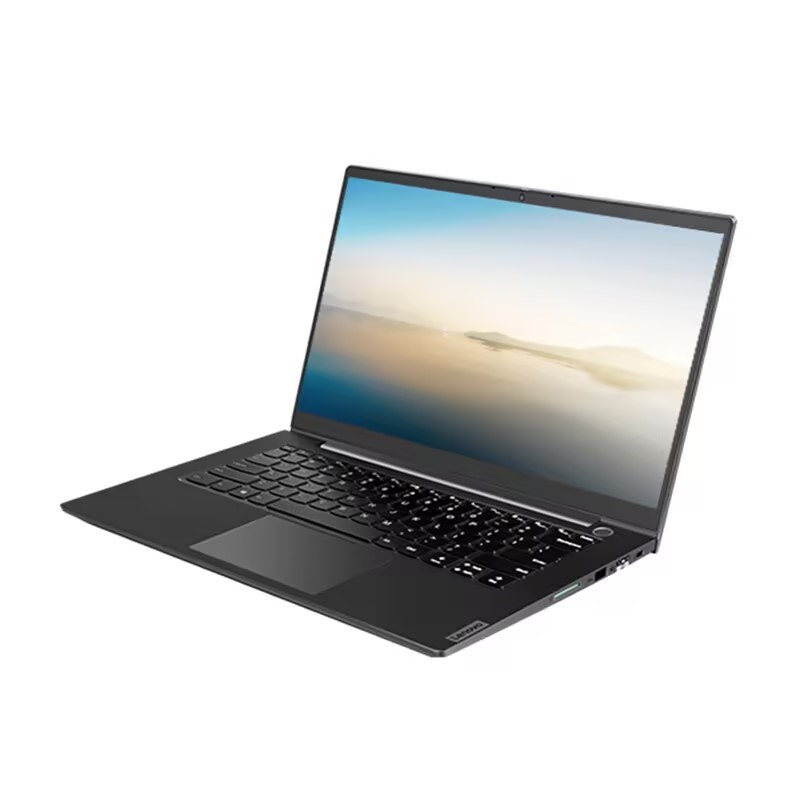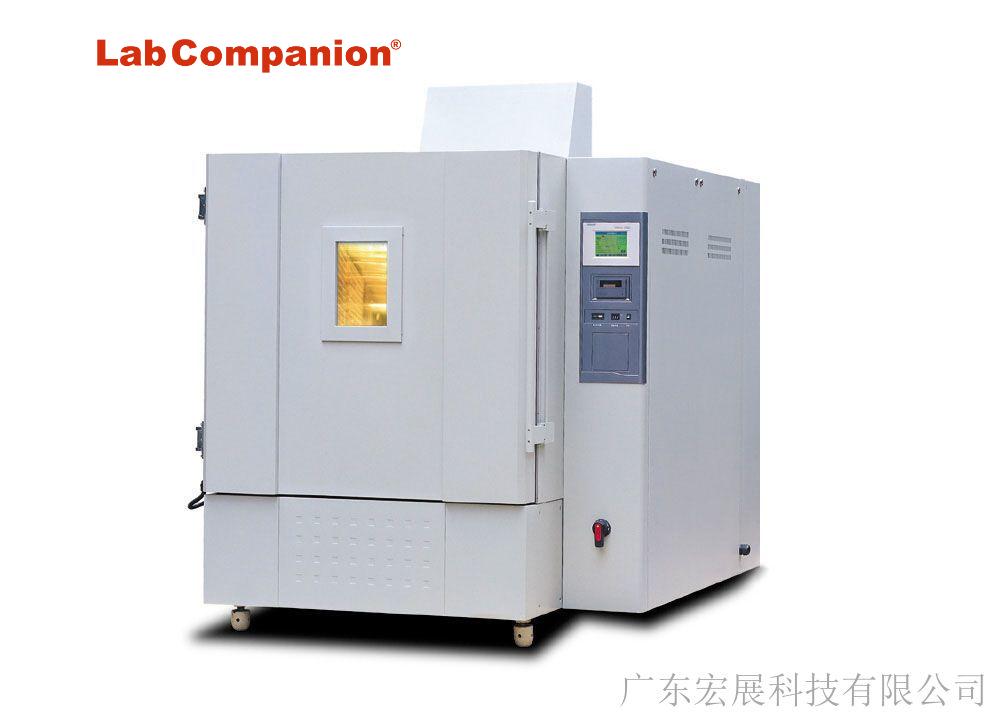Laptop Test Conditions
Notebook computer from the early 12-inch screen evolution to the current LED backlit screen, its computing efficiency and 3D processing, will not be lost to the general desktop computer, and the weight is becoming less and less burden, the relative reliability test requirements for the entire notebook computer is becoming more and more stringent, from the early packaging to the current boot down, the traditional high temperature and high humidity to the current condensation test. From the temperature and humidity range of the general environment to the desert test as a common condition, these are the parts that need to be considered in the production of notebook computer related components and design, the test conditions of the relevant environmental tests collected so far are organized and shared with you.

Keyboard tapping test:
Test one:
GB:1 million times
Key pressure :0.3~0.8(N)
Button stroke :0.3~1.5(mm)
Test 2: Key pressure: 75g(±10g) Test 10 keys for 14 days, 240 times per minute, a total of about 4.83 million times, once every 1 million times
Japanese manufacturers :2 to 5 million times
Taiwan manufacturer 1: more than 8 million times
Taiwan Manufacturer 2:10 million times
Power switch and connector plug pull test:
This test model simulates the lateral forces that each connector can withstand under abnormal usage. General laptop test items: USB, 1394, PS2, RJ45, Modem, VGA... Equal application force 5kg(50 times), up and down left and right pull and plug.
Power switch and connector plug test:
4000 times (Power supply)
Screen cover opening and closing test:
Taiwanese manufacturers: open and close 20,000 times
Japanese manufacturer 1: opening and closing test 85,000 times
Japanese manufacturer 2: opening and closing 30,000 times
System standby and recovery switch test:
General note type: interval 10sec, 1000cycles
Japanese manufacturer: System standby and recovery switch test 2000 times
Common causes of laptop failure:
☆ Foreign objects fall on the notebook
☆ Falls off the table while in use
☆ Tuck the notebook in a handbag or trolley case
☆ Extremely high temperature or low temperature ☆ Normal use (overuse)
☆ Wrong use in tourist destinations
☆PCMCIA inserted incorrectly
☆ Place foreign objects on the keyboard
Shutdown drop test:
General notebook type :76 cm
GB package drop: 100cm
Us Army and Japanese notebook computers: The height of the computer is 90 cm from all sides, sides, corners, a total of 26 sides
Platform :74 cm (packing required)
Land: 90cm (packing required)
TOSHIBA&BENQ 100 cm
Boot drop test:
Japanese :10 cm boot fall
Taiwan :74 cm boot fall
Laptop main board temperature shock:
Slope 20℃/min
Number of cycles 50cycles(no operation during impact)
The U.S. military's technical standards and test conditions for laptop procurement are as follows:
Impact test: Drop the computer 26 times from all sides, sides and corners at a height of 90 cm
Earthquake resistance test :20Hz~1000Hz, 1000Hz~2000Hz frequency once an hour X, Y and Z axis continuous vibration
Temperature test :0℃~60℃ 72 hours of aging oven
Waterproof test: Spray water on the computer for 10 minutes in all directions, and the water spray rate is 1mm per minute
Dust test: Spray the concentration of 60,000 mg/ per cubic meter of dust for 2 seconds (interval of 10 minutes, 10 consecutive times, time 1 hour)
Meets MIL-STD-810 military specifications
Waterproof test:
Us Army notebook :protection class:IP54(dust & rain) Sprayed the computer with water in all directions for 10 minutes at a rate of 1mm per minute.
Dust proof test:
Us Army notebook: Spray a concentration of 60,000 mg/ m3 of dust for 2 seconds (10 minute intervals, 10 consecutive times, time 1 hour)
